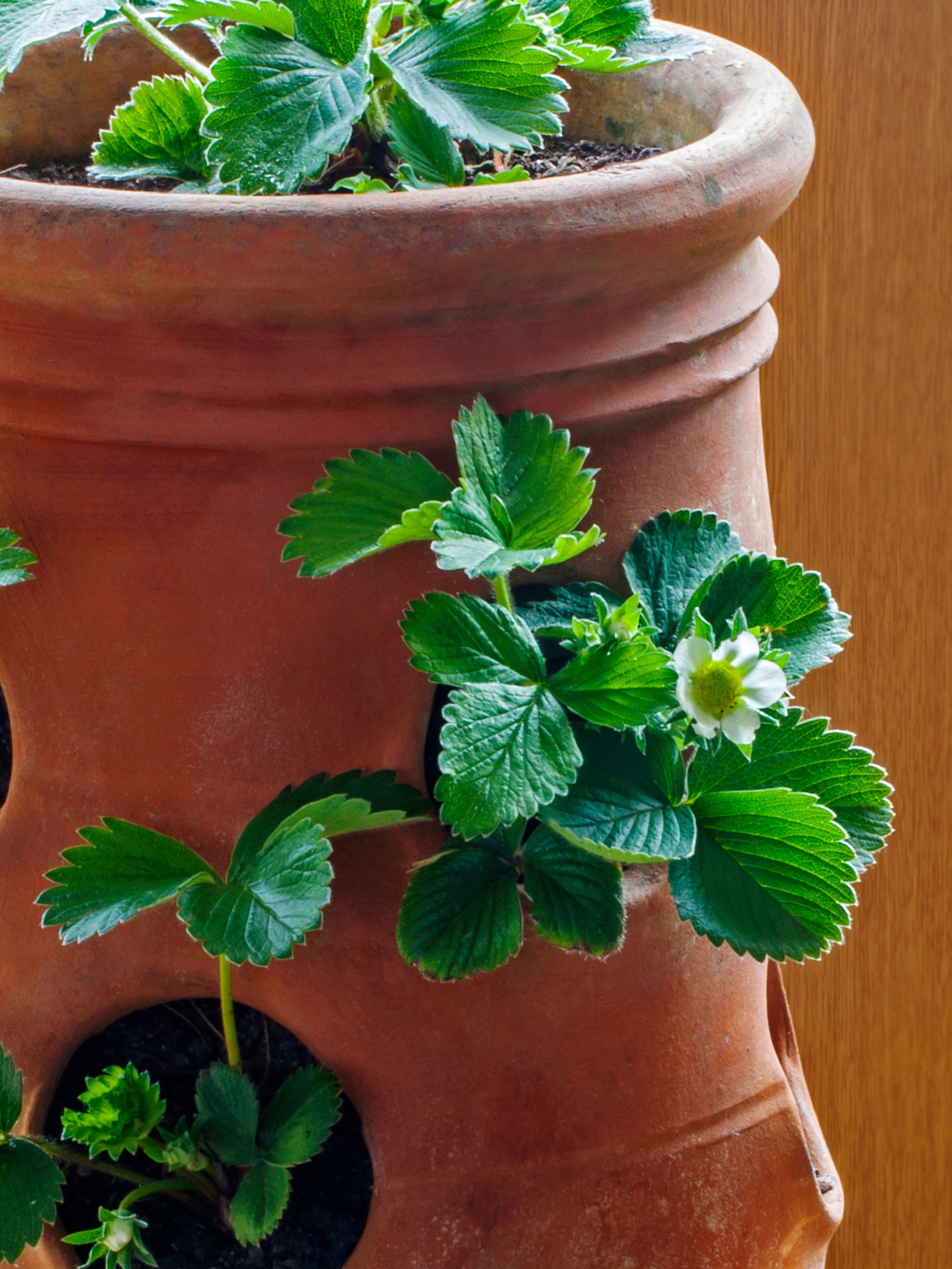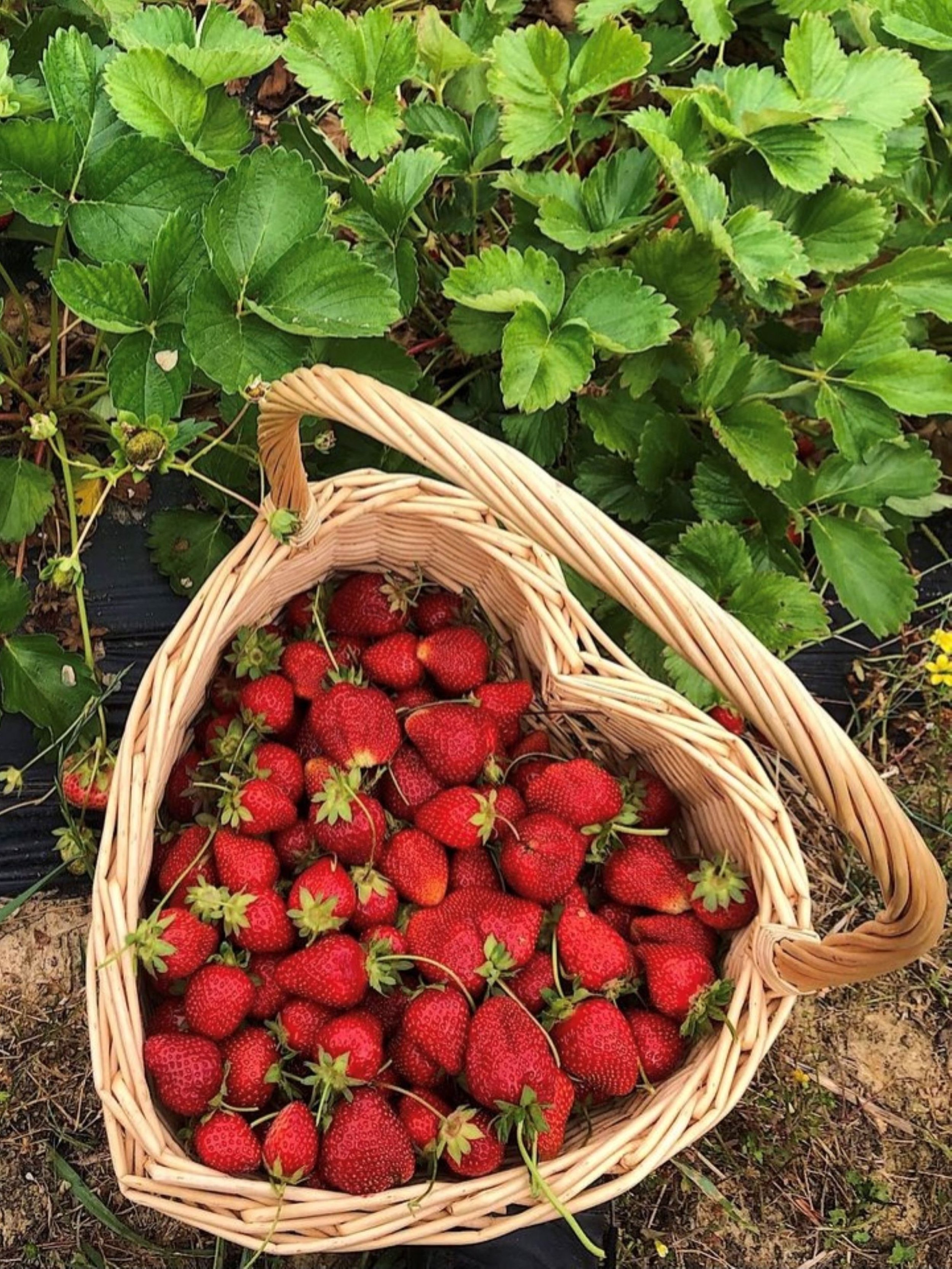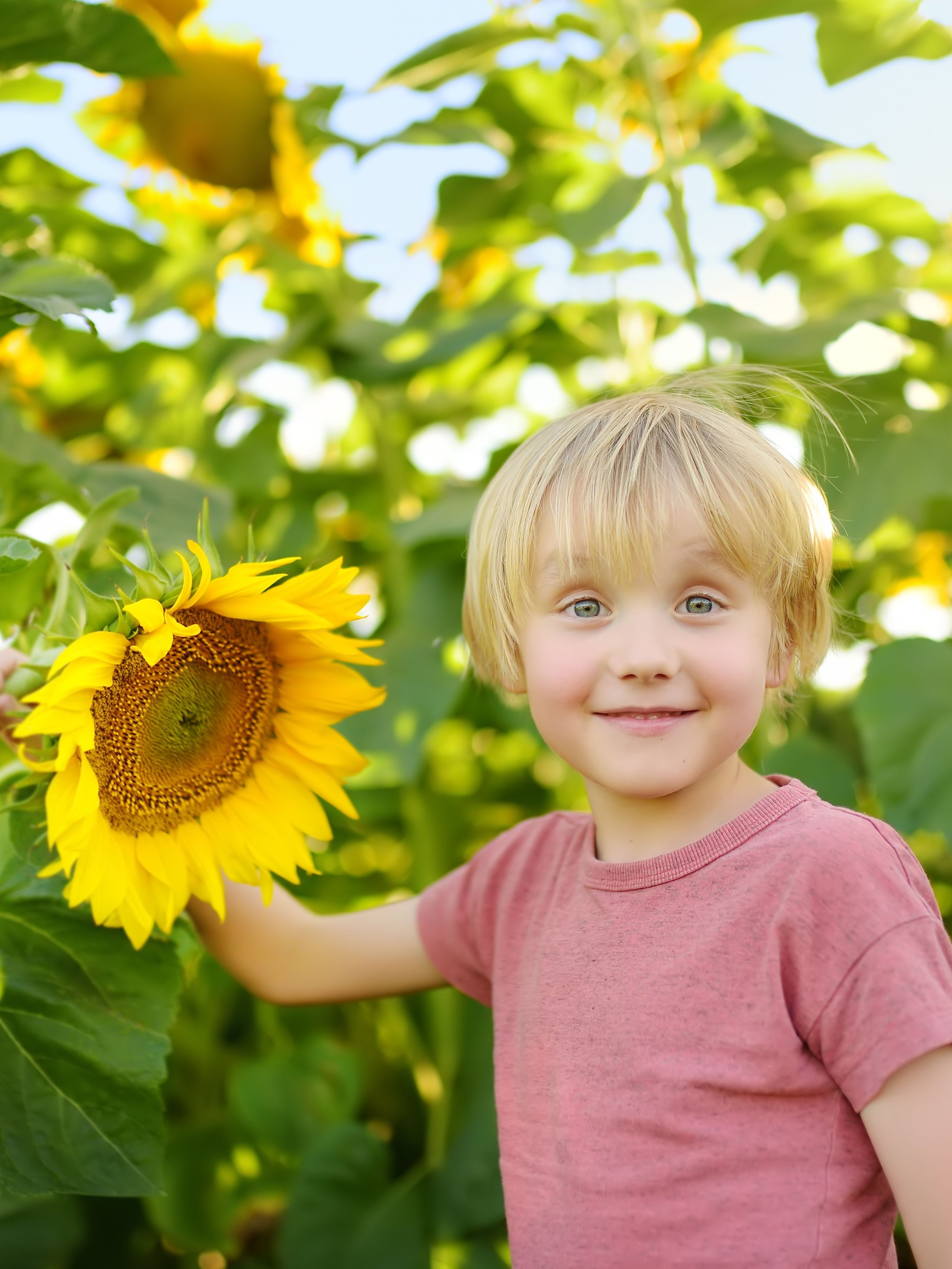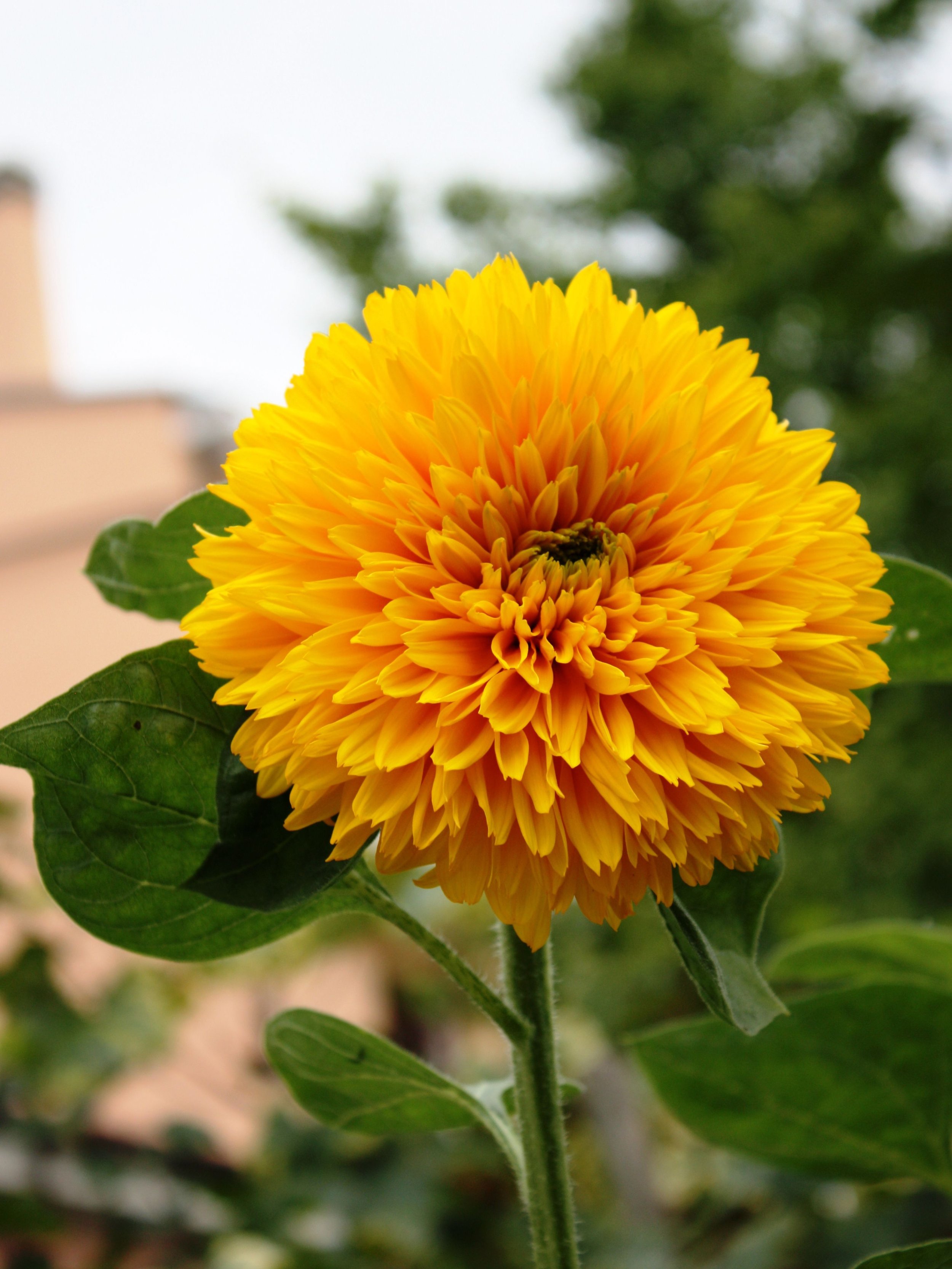Gardening with Kids
Getting kids out into the garden is a great way to introduce them to the wonders of nature while enjoying some quality time in the sunshine (and away from screens!). Here are a few kid-friendly projects that will have the entire family excited about growing.
Start a Strawberry Pot
Strawberries are a classic summertime treat, and they’re easy and fun to grow at home. A strawberry pot with cupped openings on the sides will help you get started. Have your kids help fill the pot with good quality potting soil and place one strawberry plant in each opening. Then place a few more plants on top, and your strawberries are ready to start growing!
Make sure your plants gets plenty of sunshine and keep the soil moist but not soggy. Little ones will be excited to check on the progress of their strawberries and even more excited to try them!
Start a Rainbow Vegetable Garden
It’s a lot easier to tell kids to eat their vegetables if they’ve grown them themselves! Starting a garden with a rainbow of colorful veggies is a fun project for everyone in the family, and these bright veggies are packed with nutrients too. Here are some kid-approved choices that come in a rich variety of colors:
Red: Tomatoes, red bell peppers, and beets
Orange: Carrots, pumpkins, and orange bell peppers
Yellow: Summer squash, corn, and yellow cherry tomatoes
Green: Zucchini, broccoli, cucumbers and leafy greens like lettuce, kale and chard
Blue/Purple: Purple cabbage, eggplant and purple cauliflower
Pink: Watermelon and radish
You can start your vegetables from seeds, but you’ll need to wait 4-6 weeks for most veggie plants to be big enough to transplant to the garden. If you want to get started faster, then pick up some seedlings from Plant Depot or your local garden center. They should have a good variety to choose from, and you can plant them directly into your garden bed or containers.
Create a Butterfly Garden
A flower-rich butterfly garden is a joyful addition to any backyard (kids love watching butterflies!). Pick a spot that receives plenty of sunshine, but isn’t too exposed or windy. Choose plants that come in a variety of shapes of sizes. Butterflies love flowers, but they also like to hide in small trees and shrubs at night.
Plants that are native to your area are most likely to attract butterflies. Here are some great choices for our California climate:
Milkweed
California lilac
Salvia
California buckwheat
Wildflowers, including poppies and lupine
You may even spot some caterpillars or a chrysalis in your butterfly garden. This is a great opportunity to explain the life cycle of a butterfly to curious kids.
Grow Some Sunflowers
Sunflowers make everyone smile, and they’ve always been a favorite for kids because they can get really big, really fast. The seeds are large enough for little hands to hold on to and they sprout up quickly.
Like their name implies, sunflowers need a good amount of sunshine. Aim for 6-8 hours of direct sunlight each day. They also form long roots, so It’s best to choose an area with loose, well-drained soil. Other than that, sunflowers are easy to grow and can withstand hot summer temperatures. There are many different sunflowers to choose from—from the classic yellow to deep red or even big, fluffy teddy bear sunflowers.
Paint Your Own Plant Pots
Hand-painted pots are great for the patio, and they also make great gifts for family and friends. Real terracotta pots are an excellent surface for painting and tend to be relatively inexpensive, though you can paint plastic or metal pots too. Pick up some outdoor acrylic paint and let the kids turn an average garden container into a masterpiece.
Grow Wildflowers
Sometimes it’s fun to just put some seeds down and see what grows! Wildflowers are perfect if you have an area of your yard that isn’t being used and could use some color.
Make sure you have a sunny spot that’s free from other plants and vegetation, and choose a wildflower seed mix that’s made for your climate. Have kids help spread the seeds using long even throws so the seed is distributed evenly. Then, walk over the seeded area to gently compress the earth and help the seeds make contact with the soil (barefoot often works best!). There’s no need to cover the seeds with additional soil. Water thoroughly using a gentle spray so you don’t dislodge the seeds, and get ready to watch your wildflowers grow!






